
There is a health preservation method,
which is quite popular in Guangdong,
and it is called“Dampness Removal”.
To achieve “Dampness Removal,”
one must first understand what “Dampness” is.


 Review Expert
Review Expert
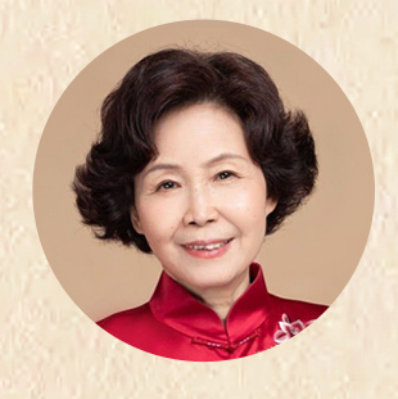
Li Saimi
First Affiliated Hospital of Guangzhou University of Chinese Medicine
Director of the Institute of Classical Clinical Research
Famous TCM Doctor in Guangdong Province
 Professor Li Saimi: The TCM term for dampness is“Damp” or “Damp Evil,” which is mainly caused by external environmental factors and poor lifestyle habits. The “Tai Ping Sheng Hui Fang” states: “The land in Lingnan is low and damp, the climate is different; in summer, it is hot and humid, while in winter, it is warm with no snow, making the dampness easy to harm people.”
Professor Li Saimi: The TCM term for dampness is“Damp” or “Damp Evil,” which is mainly caused by external environmental factors and poor lifestyle habits. The “Tai Ping Sheng Hui Fang” states: “The land in Lingnan is low and damp, the climate is different; in summer, it is hot and humid, while in winter, it is warm with no snow, making the dampness easy to harm people.”
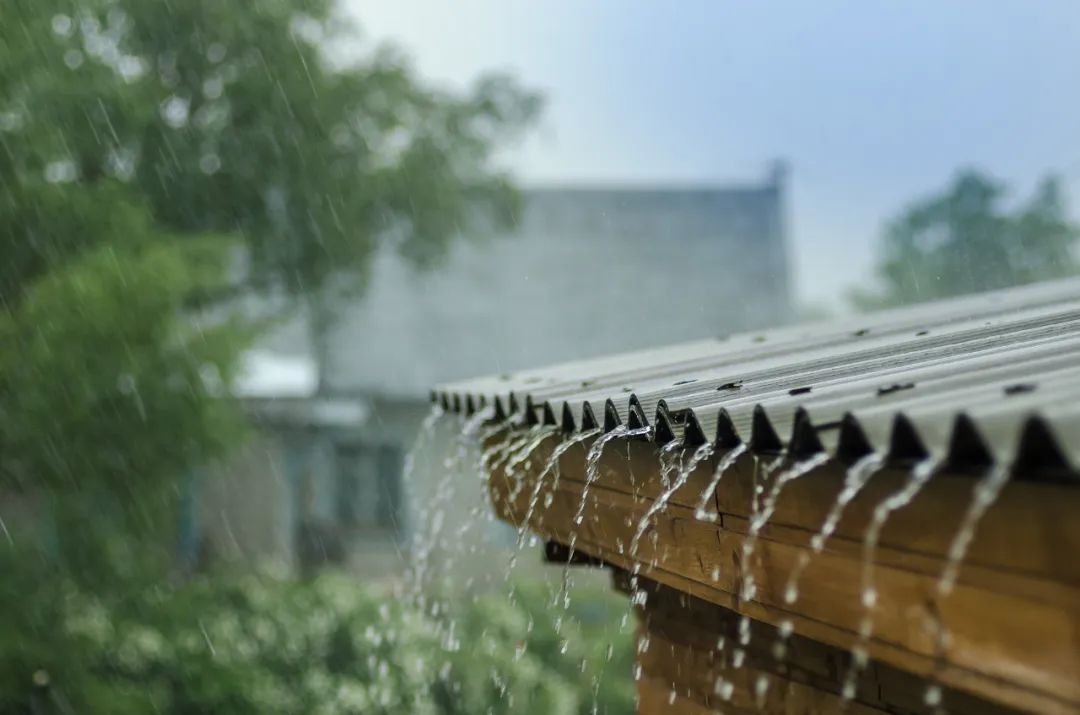
Excessive summer dampness, with sweat not fully released, harms bothQi and Body Fluids, leading to symptoms such as head heaviness, chest tightness, fatigue, limb weakness, thirst without desire to drink, and sticky stools. Additionally, insufficient sleep, heavy flavors in food, a preference for cold, and lack of exercise can all contribute to theaccumulation of dampness in the body.
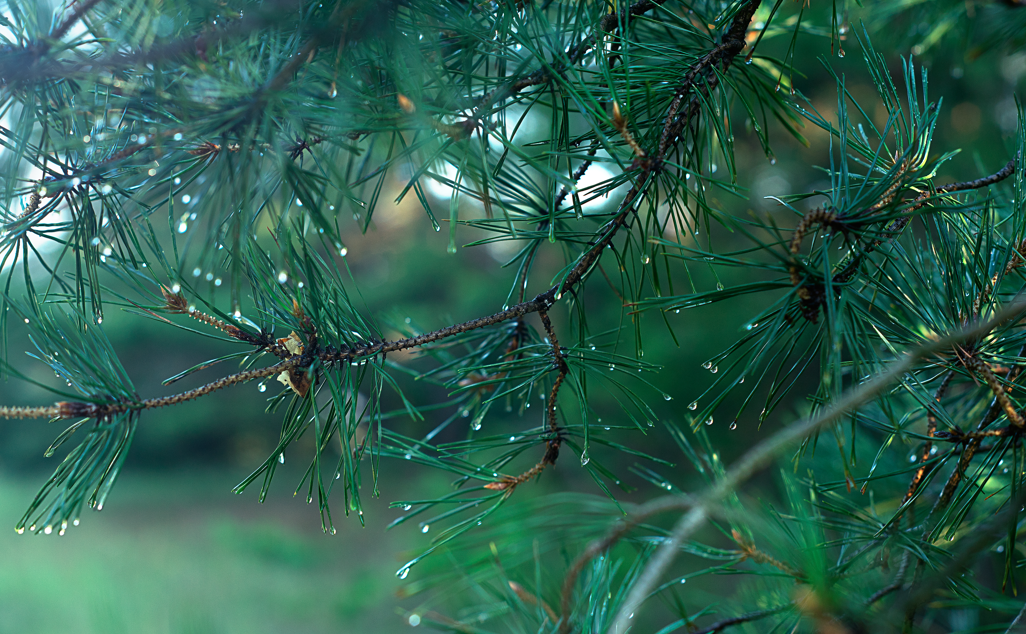
In addition to external and internal dampness,
TCM also distinguishes betweendamp-heat andcold-dampness.
How can one differentiate?
The most intuitive way is to learn tolook at your tongue.
And urine!

Damp-heat presents with a red tongue and a yellow, thick coating.
Individuals with a damp-heat constitution will have yellow, strong-smelling urine;
Cold-dampness is characterized by a swollen tongue with teeth marks, resembling the edge of a skirt. The tongue body is white, with a thick white coating, and some coatings may have a layer of moisture floating on top.
Individuals with a cold-dampness constitution will have clear, frequent urination, and may experience nocturia.
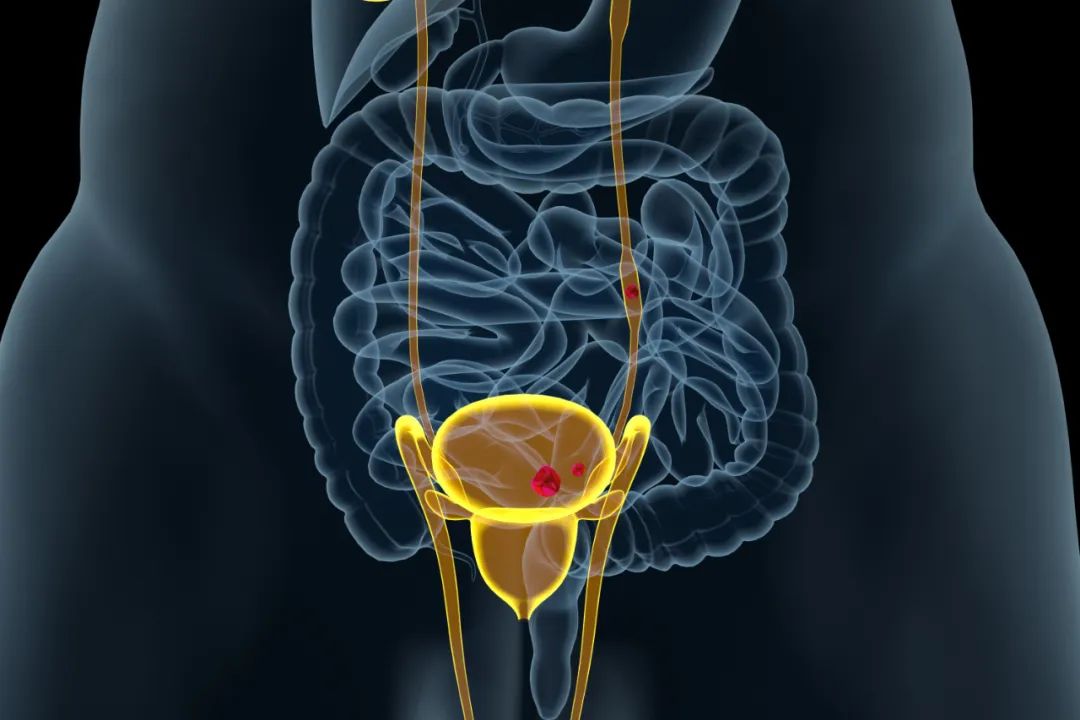
 Professor Li Saimi: There are many medicinal materials for dampness removal, which can be broadly categorized intoaromatic damp-resolving, heat-clearing and damp-drying, and water-draining and damp-dissolving. However, they act on different parts of the body in different ways, corresponding to different symptoms for treatment.
Professor Li Saimi: There are many medicinal materials for dampness removal, which can be broadly categorized intoaromatic damp-resolving, heat-clearing and damp-drying, and water-draining and damp-dissolving. However, they act on different parts of the body in different ways, corresponding to different symptoms for treatment.
Little tips: Not all medicinal herbs can be taken casually; only those that are both medicinal and edible are suitable for daily soup and tea preparation.
Aromatic Damp-Resolving Formula: Sand Ginger (Sha Ren)
Sand Ginger is an aromatic damp-resolving herb, with the best quality produced in the Yangchun area of Guangdong, commonly referred to as “Chun Sha Ren.” Sand Ginger is spicy and warm in nature, and can not only be used to regulate the spleen and stomach, promote Qi and resolve dampness, and stop vomiting, but also serves as a snack that stimulates appetite and aids digestion.
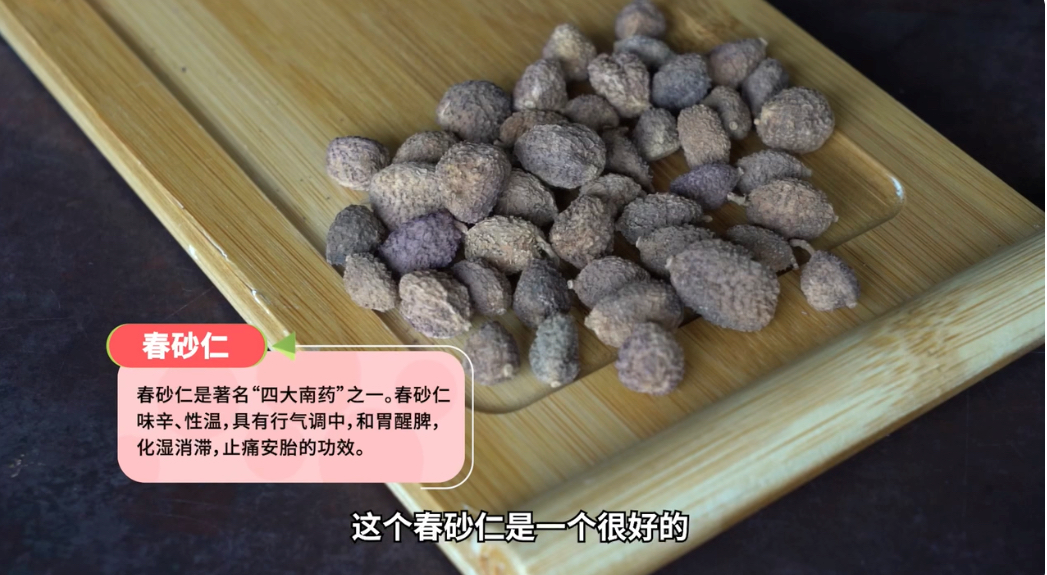
The most famous variety of Sand Ginger is
“Yangchun Sand Ginger”
How to select authentic Yangchun Sand Ginger
Here are some tips
Selection Tips
☆Look at the appearance
Yangchun Sand Ginger has a darker and blacker appearance compared to other Sand Ginger varieties.☆Smell the aroma
Yangchun Sand Ginger often has a stronger aroma, while ordinary Sand Ginger has a milder scent.
☆Squeeze it a bit Yangchun Sand Ginger is firmer and fuller, providing a better tactile feel.☆Peel it
Authentic Sand Ginger is easier to peel, and once peeled, the inner fruit is more fragrant and has a more authentic color.
☆Check the components The main components of Sand Ginger are volatile oils and borneol acetate; the higher the content of these two components compared to other Sand Ginger, the greater its health benefits; other Sand Ginger from different regions do not have as high a content as Chun Sand Ginger.Sand Ginger and Dried Tangerine Peel Drink
Ingredients: 2-5g of Xinhui Dried Tangerine Peel, 2g of Sand Ginger
Method: Brew with boiling water for 2-5 minutes.
Effects: Tonifies Qi, strengthens the spleen, harmonizes the stomach, and aids digestion.
Note: Sand Ginger is warm and drying, suitable for those with spleen and stomach deficiency and cold; those with a yin deficiency and excess heat constitution, or a history of gastrointestinal bleeding should avoid it.
Heat-Clearing and Damp-Drying Formula: Xi Huang Cao (Hedyotis Diffusa)
Xi Huang Cao is known as the “nemesis of liver and gallbladder damp-heat,” particularly suitable for those who often stay up late, excessively consume alcohol, or prefer spicy and fatty foods.
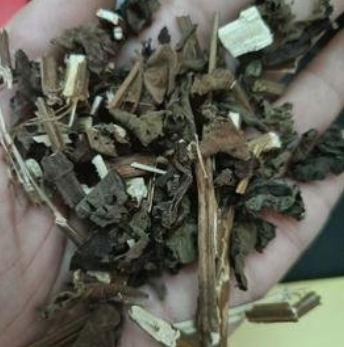
Xi Huang Cao and Loach Soup
Ingredients: 15g of Xi Huang Cao, 5 loaches, 3 slices of ginger
Method: Clean the live loaches, wash off the slime and blood with boiling water, and cook with Xi Huang Cao and ginger in a pot with an appropriate amount of water; boil vigorously and then simmer for 1 hour, seasoning to taste.
Effects: Clears heat and drains dampness, with auxiliary therapeutic effects for chronic cholecystitis.
Note: Due to the bitter and cold nature of Xi Huang Cao, it is suitable for those with damp-heat constitutions, while those with spleen deficiency and cold should use it cautiously. In daily life, 10g of Xi Huang Cao can be directly brewed in water; it has a bitter taste, so those who dislike bitterness can reduce the amount.
Water-Draining and Damp-Dissolving Formula: Fu Ling (Poria)
Fu Ling has the effect of draining water and resolving dampness,
with a neutral nature, it expels evils without harming the righteous Qi.

Fu Ling, Yam, and Pork Rib Soup
Ingredients: 20g of Fu Ling, 30g of yam, 15g of fried white lentils, 15g of lotus seeds, 30g of coix seeds, 6g of sand ginger, 2 pork ribs

Method: Wash the ingredients, soak for 1 hour; place the pork ribs in a clay pot, add an appropriate amount of water, skim off the foam, then add the ingredients; boil vigorously and then simmer for about 1 hour, adding salt to taste before serving.
Effects: Strengthens the spleen and expels dampness, beneficial for those with spleen deficiency, poor appetite, fatigue, and children with malnutrition due to spleen deficiency and damp stagnation.
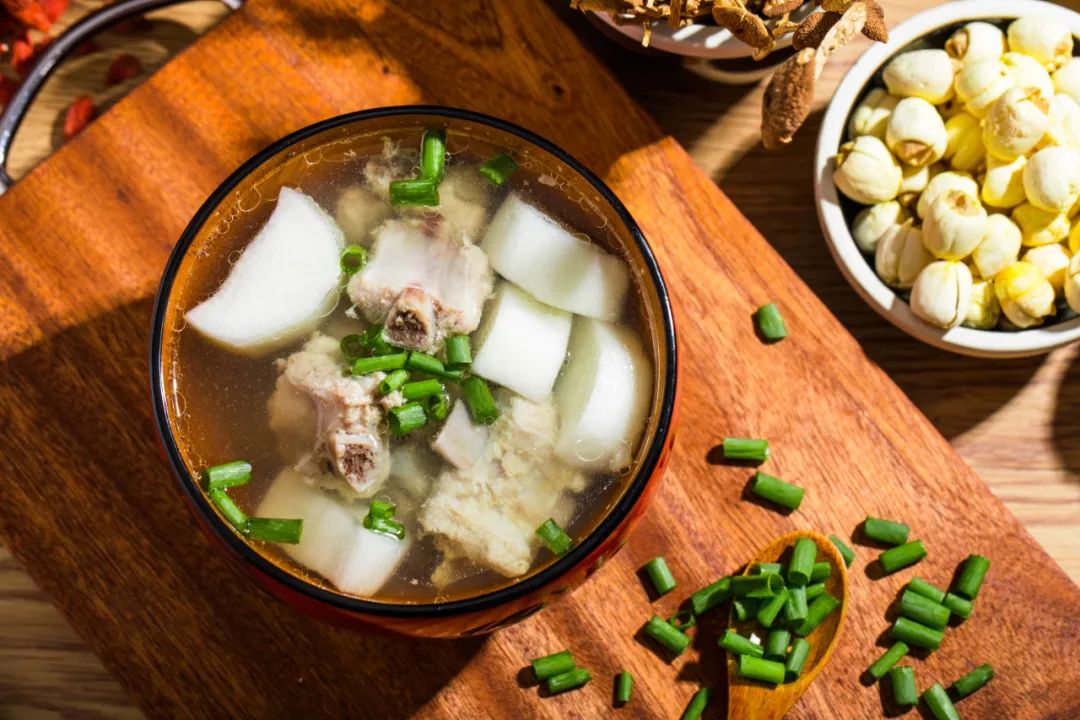
South Qi and Coix Seed Tea
Ingredients: 30g of South Qi (Wuzhi Maotao), 20g of Fu Ling, 15g of white lentils, 30g of coix seeds, 15g of white grass root, 30g of yam, 6g of tangerine peel
Method: Crush the above medicinal materials, which can be used as a tea substitute; a famous formula for strengthening the spleen and expelling dampness by TCM Master Deng Tietao.
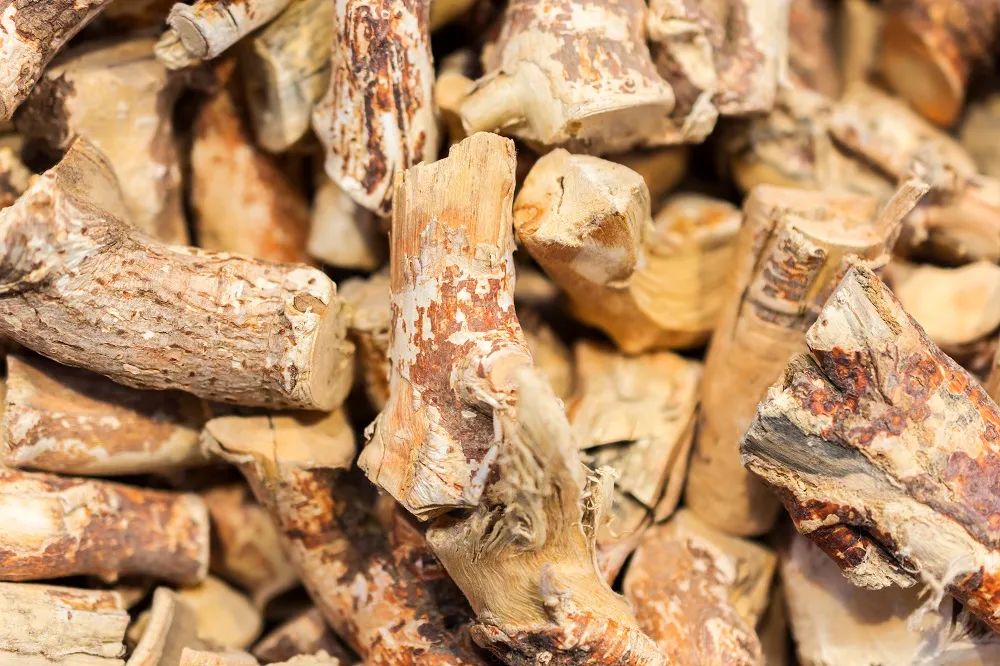
Cinnamon Twig and Poria Congee
Ingredients: 10g of cinnamon twig, 20g of Poria, 30g of coix seeds, 30g of huai yam, 50g of glutinous rice, 3 slices of ginger
Method: First decoct the cinnamon twig and Poria to extract the juice, then use the juice to cook the congee, once a day.
Suitable Population: Recommended for those with a cold-dampness constitution.
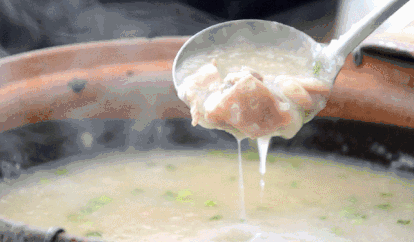
Source: Most Important Health GRT, Southern+, Interviewed experts from the First Affiliated Hospital of Guangzhou University of Chinese Medicine
Correspondent: Liu Qingjun Editor: Zhang Xiaoying Final Review: Huang Jianglei


